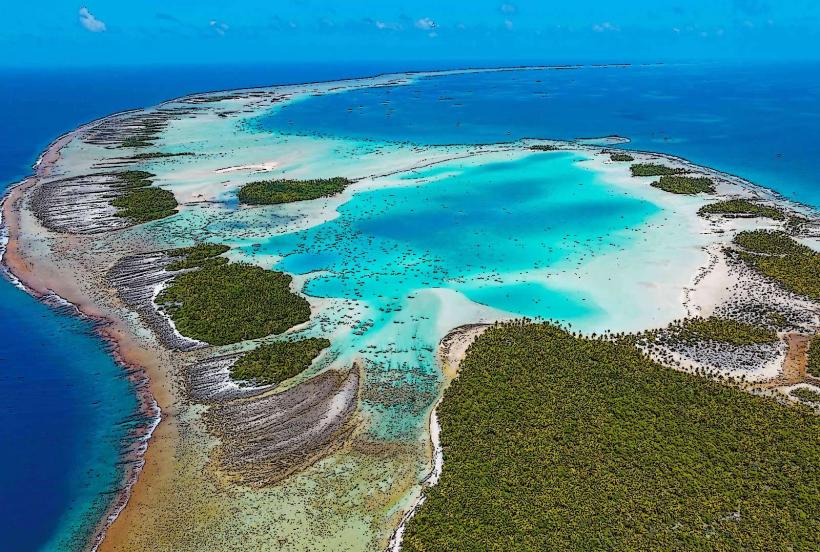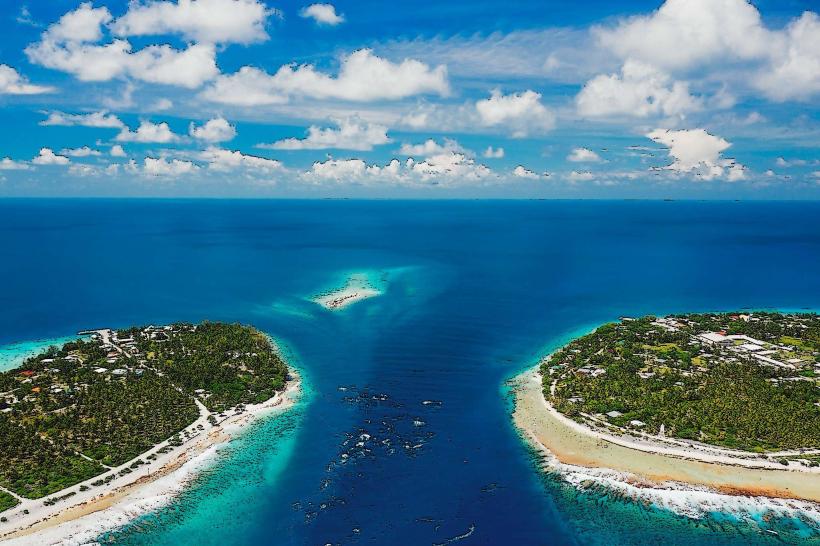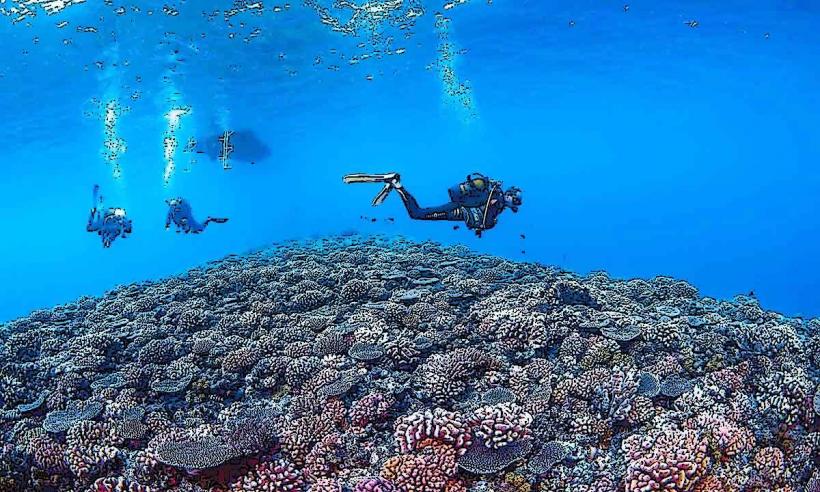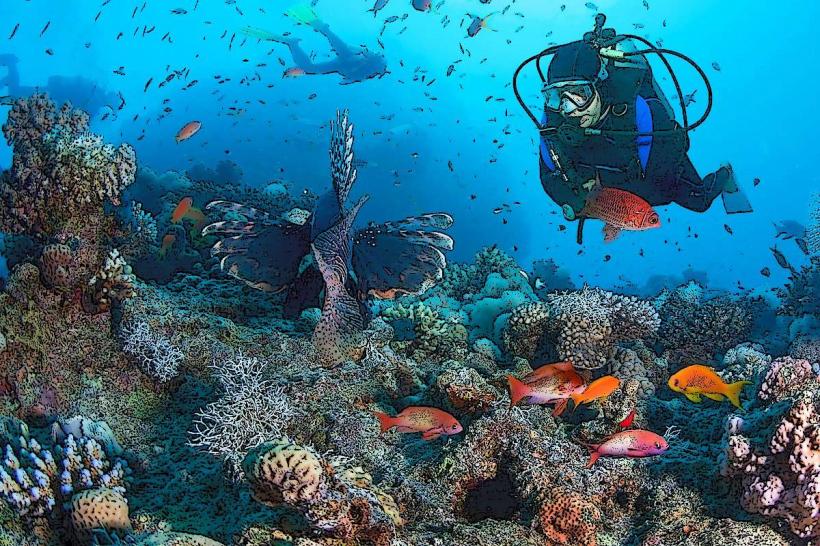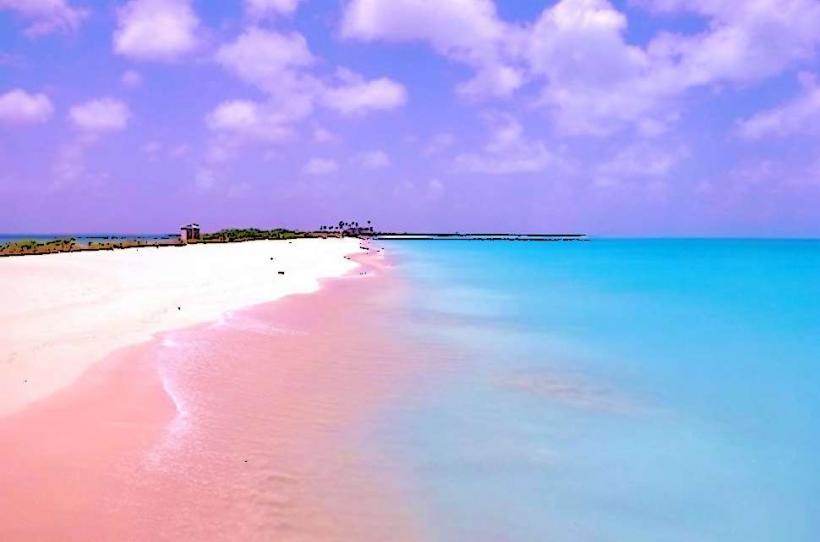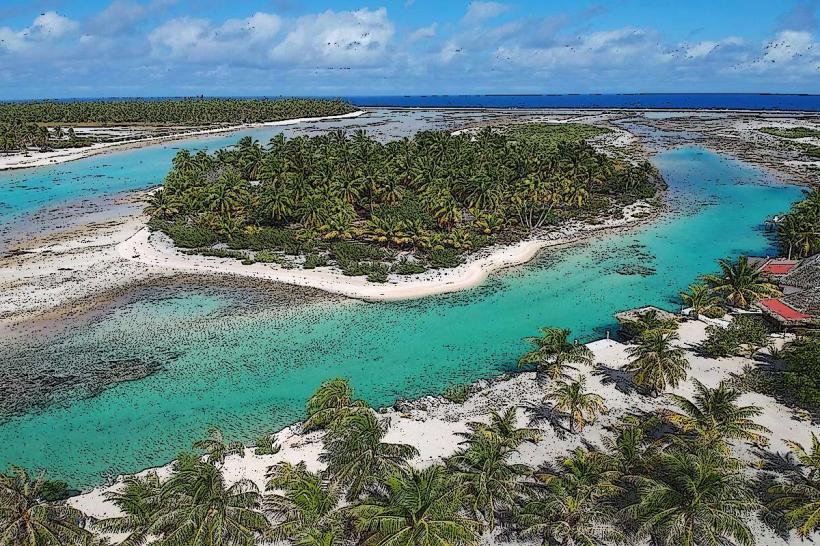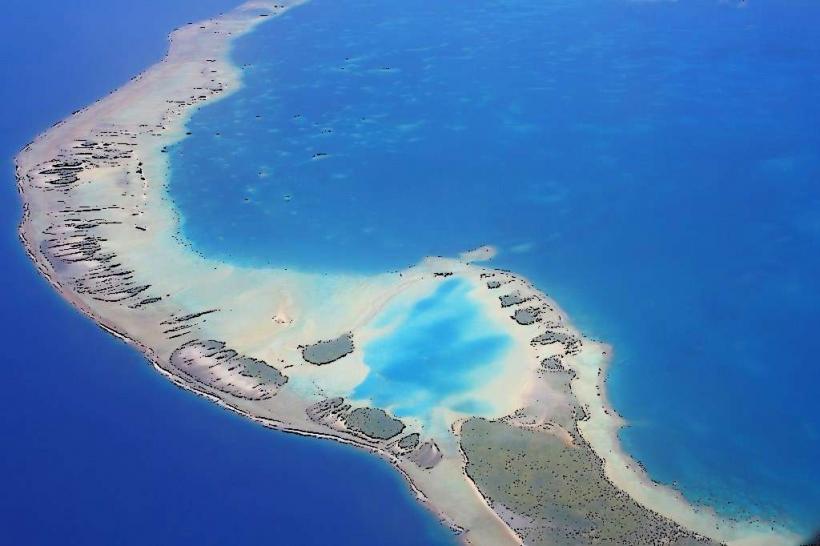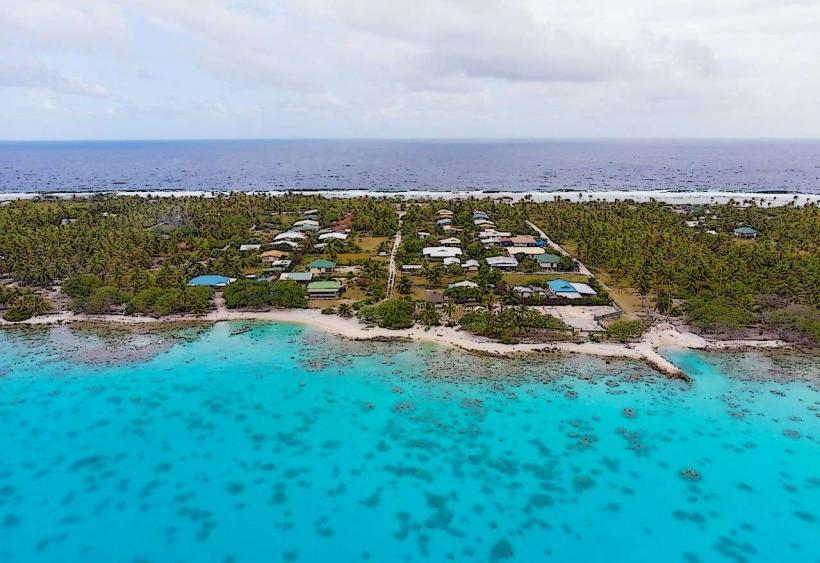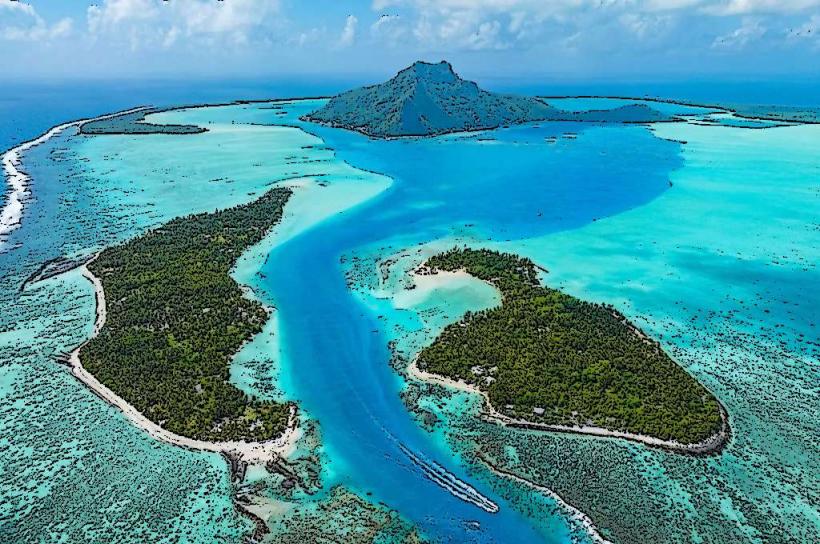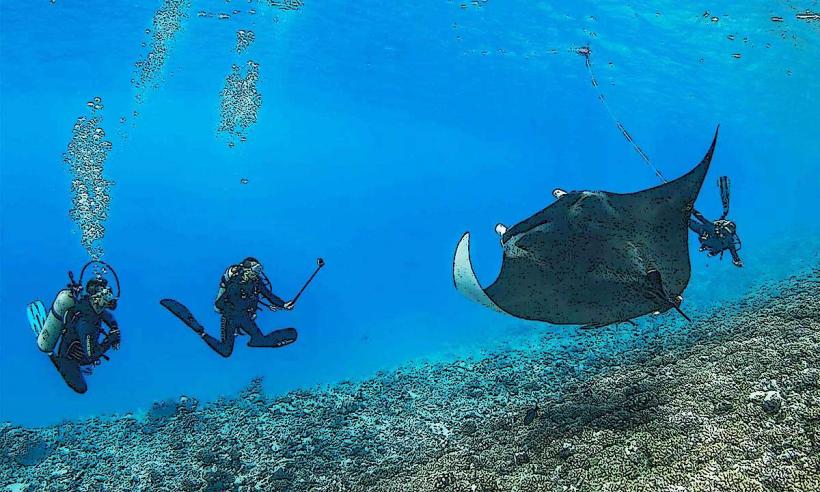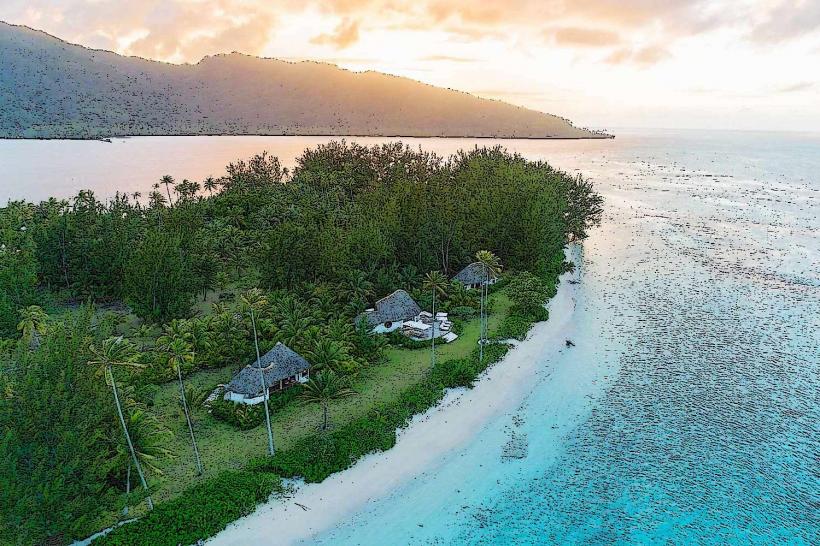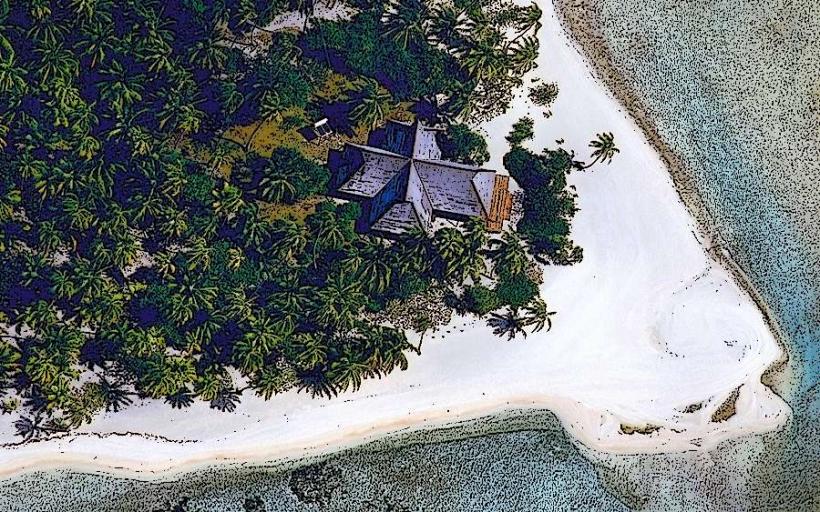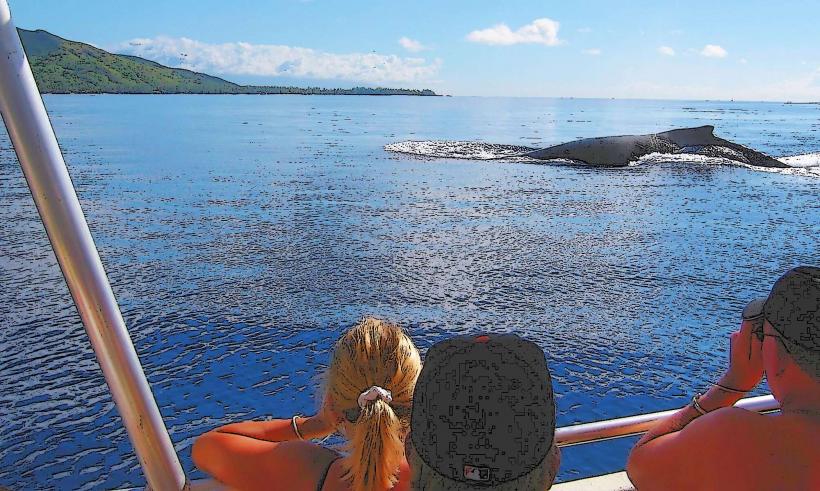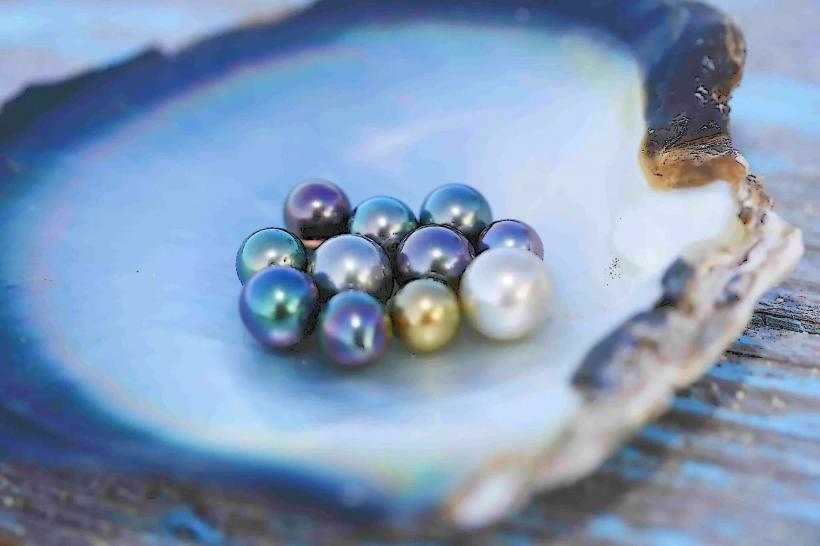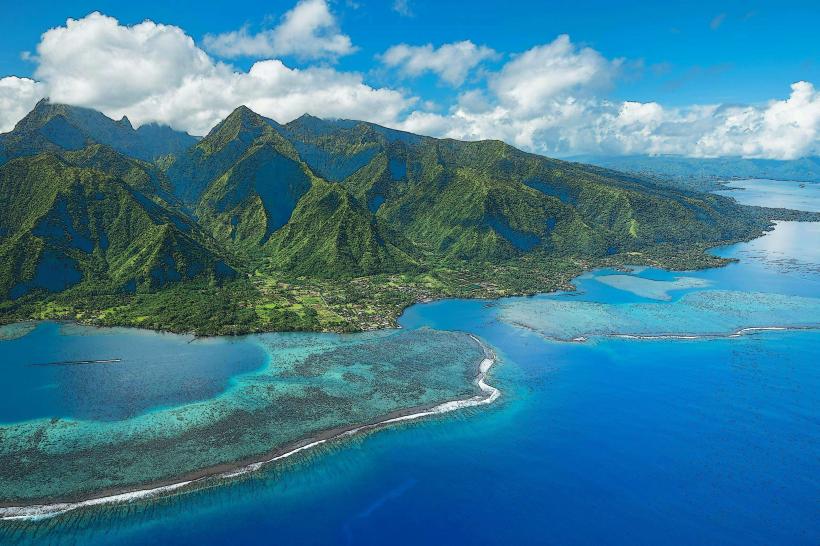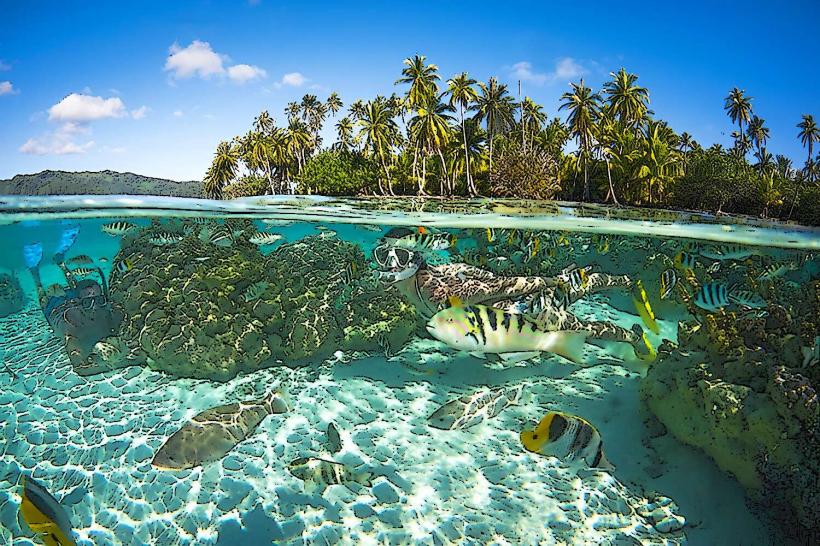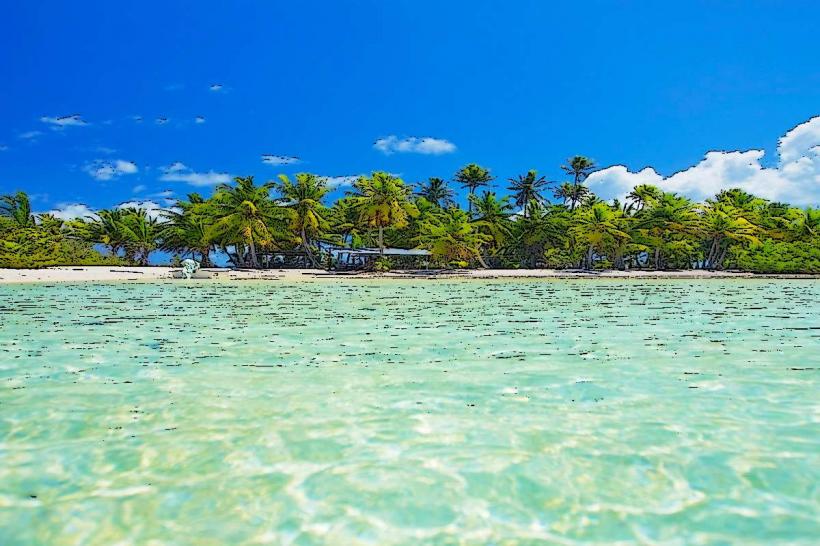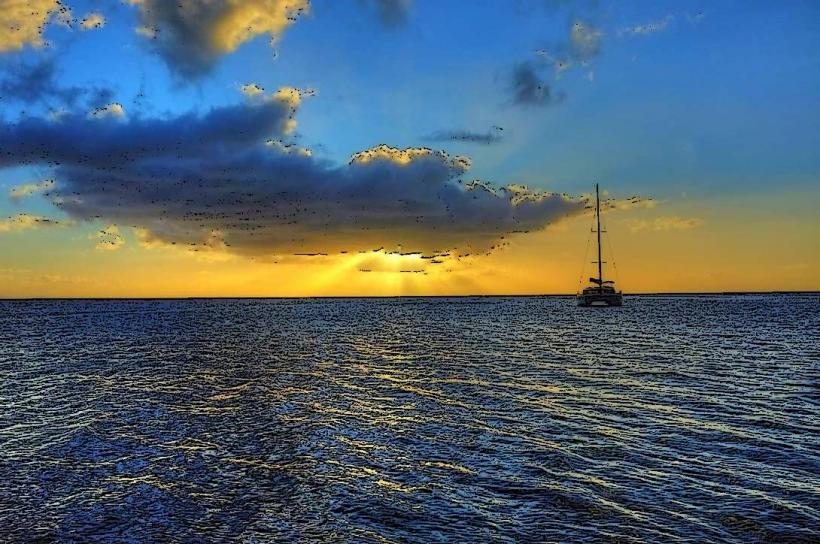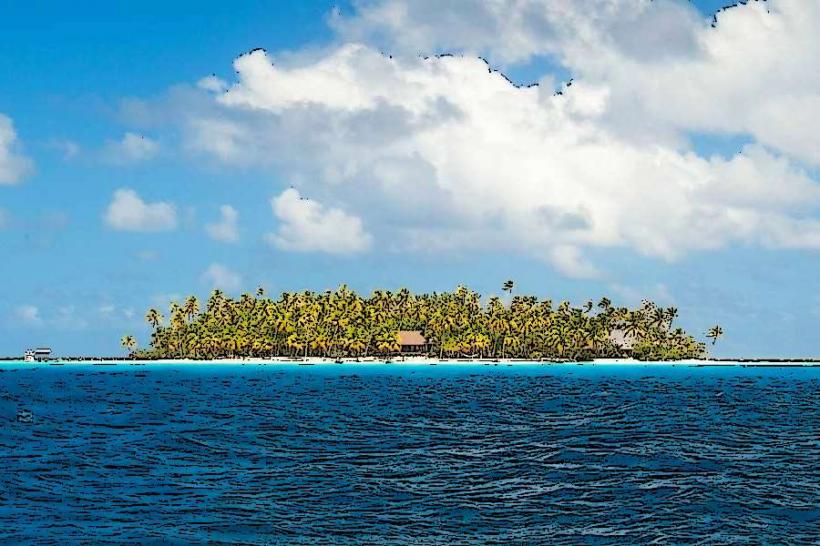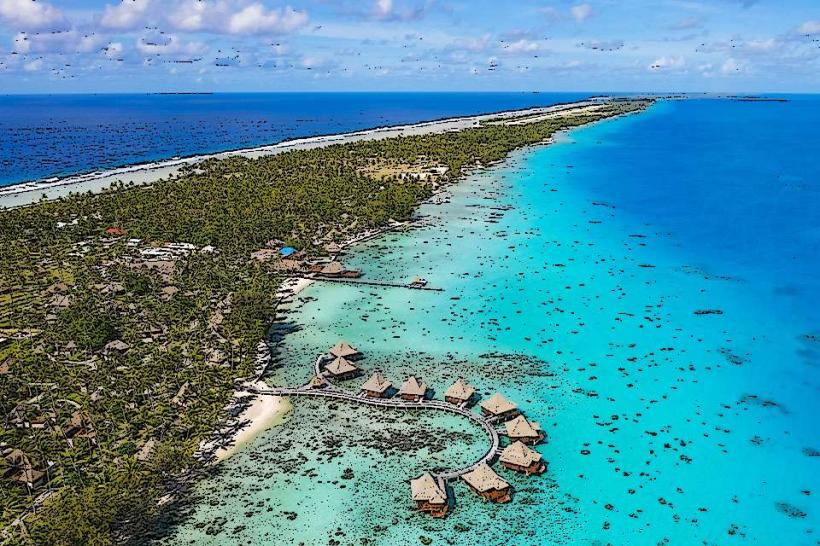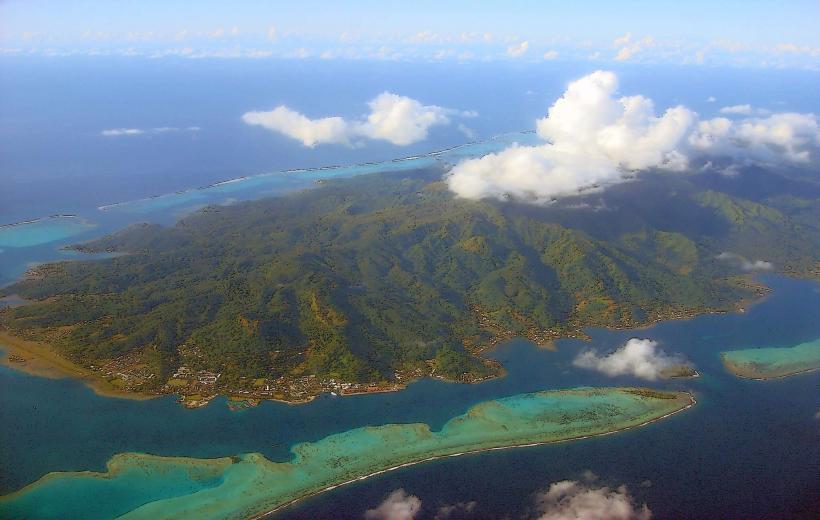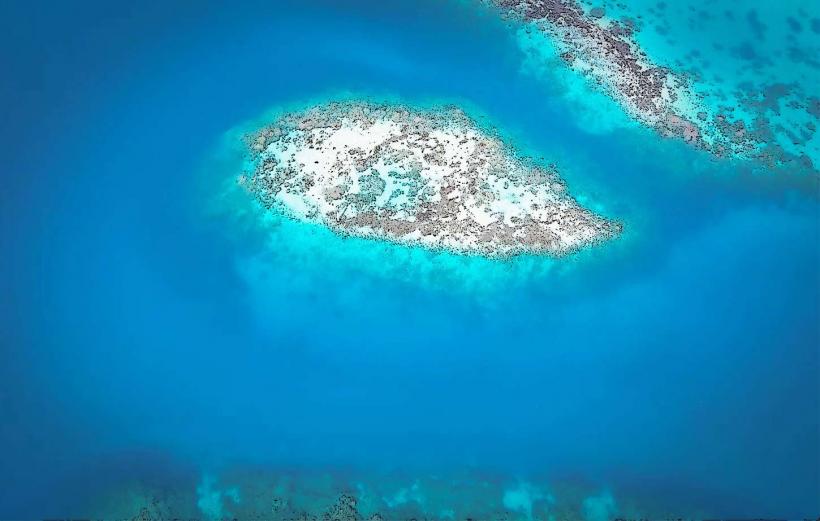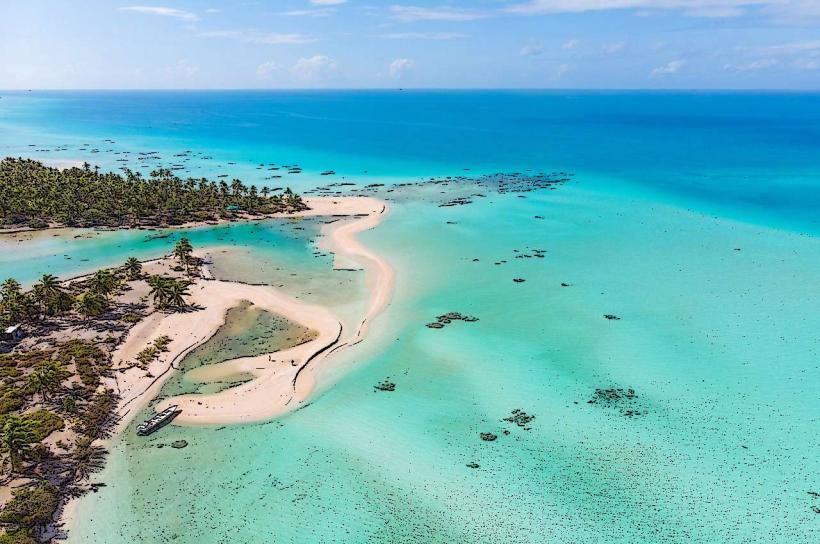Information
Landmark: Rangiroa Pearl FarmCity: Rangiroa
Country: French Polynesia
Continent: Australia
Rangiroa Pearl Farm is one of the most fascinating attractions on the Rangiroa Atoll in French Polynesia, renowned for producing high-quality black pearls—a luxury item that has made the region famous around the world. The farm offers visitors a unique insight into the process of culturing these stunning pearls, from the initial seeding to harvesting the finished product.
Overview of Rangiroa Pearl Farm
- Location: Situated on the outskirts of Rangiroa Atoll, which is the largest atoll in French Polynesia, the farm is set in a peaceful and natural environment, surrounded by the clear blue waters of the lagoon. The farm operates within the Rangiroa Lagoon, which provides ideal conditions for pearl cultivation due to its calm waters, stable temperature, and rich marine environment.
- Specialization: The farm specializes in cultivating the famous black Tahitian pearls, which are known for their rich and iridescent color range. These pearls are highly prized for their natural, unique colors, including shades of black, green, blue, and purple.
How the Pearl Farm Works
The process of pearl cultivation is an intricate and delicate one, and Rangiroa’s pearl farms are highly skilled in producing some of the finest pearls in the world.
1. Pearl Oyster Selection
- The first step in the process involves selecting the Pinctada margaritifera oysters, which are native to the region and capable of producing the famous black pearls. These oysters are chosen for their size and the quality of the pearls they can produce.
2. Seeding
- Seeding is the process where a small piece of mantle tissue from a donor oyster is inserted into a mature oyster, along with a small bead, usually made from shell. The oyster then begins to secrete nacre (mother-of-pearl) around the bead, creating the pearl. The process is delicate and requires a steady hand, as the insertion must be done carefully to ensure the oyster remains healthy and can produce a pearl of high quality.
3. Growing the Pearls
- The oysters are placed in submerged cages in the lagoon where they can grow in a controlled environment. Over the next 12 to 24 months, the oysters secrete layers of nacre around the bead, gradually forming the pearl. The length of time it takes for the pearl to fully develop depends on the desired size and quality of the pearl.
- During this time, the oysters are carefully monitored and cleaned to ensure they remain free from disease or parasites, which could affect the quality of the pearls.
4. Harvesting
- Once the pearls have reached maturity, they are carefully harvested. The farm staff will carefully remove the oysters from the water and open them to extract the pearls. The pearls are graded based on their size, shape, luster, color, and surface quality.
5. Grading and Sorting
- Pearls are graded based on several criteria: their shape (round, oval, or baroque), luster (how reflective and shiny the surface is), surface quality (whether there are blemishes), and color. The Tahitian pearls are especially prized for their rich, dark colors, with hues ranging from deep black to metallic green, blue, and purple.
Visiting Rangiroa Pearl Farm
Visitors to the Rangiroa Pearl Farm can enjoy a guided tour of the farm, which provides a detailed explanation of the pearl cultivation process, from the initial seeding to the final harvesting and grading. The tours offer a chance to learn about the delicate and intricate process of pearl farming, and visitors can see firsthand how the oysters are cared for and how the pearls are harvested.
Highlights of the Tour
- Introduction to the Process: A guided tour will take you through each stage of the pearl farming process, explaining the methods used to culture black pearls, how the oysters are seeded, and how the pearls are harvested and graded.
- Oyster Seeding Demonstration: In some cases, visitors may have the opportunity to witness the seeding process or even participate in it themselves, although this is often done with expert precision by the farm’s staff.
- Interactive Experience: You’ll also learn about the history of pearl farming in French Polynesia and the significance of pearls to the local culture and economy.
- Opportunities to Purchase Pearls: After the tour, guests can browse the farm’s shop, where high-quality Tahitian pearls in various shapes, sizes, and colors are available for purchase. This provides an excellent opportunity to take home a piece of Polynesian craftsmanship as a souvenir or gift.
Best Time to Visit
- The best time to visit the Rangiroa Pearl Farm is during the dry season, from April to November, when the weather is sunny and pleasant, making it ideal for outdoor tours. This is also when the seas are calm and the lagoon waters are clearer, allowing for optimal conditions for diving or snorkeling around the farm.
- During the wet season (December to March), the weather may be more unpredictable, with higher chances of rain, but the farm remains open for tours.
How to Get There
- By Boat: The farm can typically be accessed by boat from local resorts or from the main island of Rangiroa. The trip to the farm is a short and scenic boat ride, often providing stunning views of the atoll and its turquoise waters.
- By Resort Tours: Many of the luxury resorts on Rangiroa, such as Hotel Kia Ora Resort & Spa and Vahine Island Resort, offer guided tours to the pearl farm as part of their excursion packages.
Accommodation Nearby
- Hotel Kia Ora Resort & Spa: A luxury resort offering overwater bungalows and guided excursions to the pearl farm.
- Vahine Island Resort: A boutique resort located on a private motu near Rangiroa, with access to pearl farm tours.
- Local Guesthouses: Rangiroa also offers more budget-friendly accommodations for those looking to experience the atoll's charm without the luxury price tag.
Conclusion
The Rangiroa Pearl Farm is an essential stop for anyone interested in learning about the fascinating world of black pearl cultivation. It offers a chance to understand the meticulous process involved in creating these prized gems and to witness the traditional craft that has been passed down through generations. Whether you're interested in the environmental aspects of pearl farming, looking to purchase a beautiful piece of jewelry, or simply curious about the art of pearl production, a visit to the Rangiroa Pearl Farm is an enriching and memorable experience.

